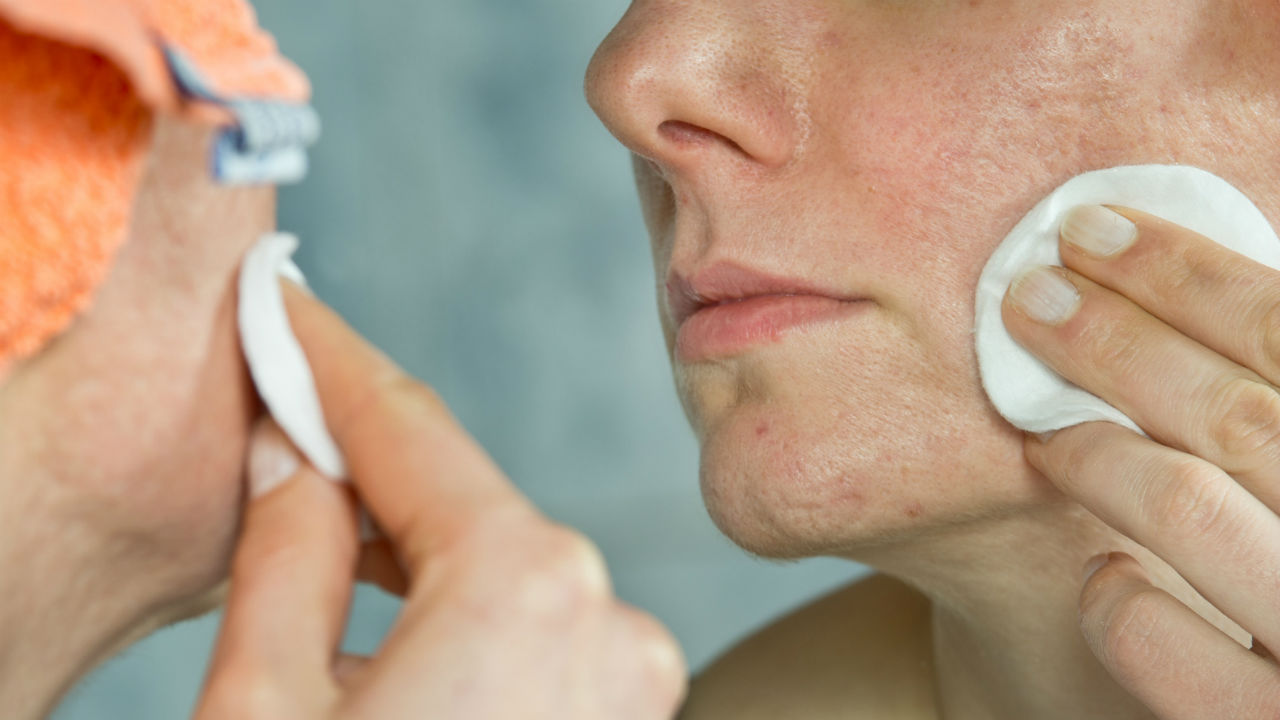 Jevtiv/fotolia
Jevtiv/fotolia
Sponsored by: Bio-Oil®
Our scars tell stories.
When I was five, I fell in the gravel while chasing my dog and cut my knee. I still have the scar— a raised, discolored patch of skin the size and shape of a grub worm. In childhood, we wear scars as badges of honor and brag to our friends about how we acquired them.
At 25, I was less pleased by a surprise case of chicken pox a few months before my wedding. I was left at the altar red and pocked and slathered in foundation.
Few of us get through life without the odd scar from childhood injuries, adult surgeries and unfortunate accidents and burns. Fortunately, our skin rebounds in a natural process of healing that results in scars.
A wound occurs when there is a break in the skin from an accident, surgery, acne, chicken pox or burn.
As part of healing, the body produces collagen in the injured area. As collagen builds up, the skin is strengthened and the wound heals. Collagen continues to form for about three months. Blood supply to the area increases and the scar can become raised and red.
What kinds of scars are there?
There are five main types of scars:
1. Common.
As their name suggests, common scars are the most prevalent. They may begin red and raised, but become paler and flatter as healing progresses.
2. Keloid.
Often raised above the skin, these scars can be painful, itchy and larger than the original wound.
3. Hypertrophic.
Hypertrophic scars form when there is an imbalance of collagen during the healing process. While not larger than the original injury like keloid scars, hypertrophic scars are red and raised and can continue to form for up to 6 months.
4. Atrophic.
These scars are pitted or sunken. Think acne and chicken pox.
5. Scar contractures.
Commonly caused by burns, these occur when the skin “shrinks,” leading to tightness and restricted movement.
While stretch marks, or striae, may resemble scars, they are formed by a different process.
As time passes, the collagen breaks down and the scar takes on a softer, smoother appearance. While permanent, scars will fade a bit over two years following the initial skin injury.
Can scars be treated?
Larger wounds should always be seen by a doctor. Treat smaller injuries by thoroughly cleaning and disinfecting them, using sunscreen and keeping scars moist while healing. A moisturized scar is a scar less likely to itch, as scratching can potentially reopen the wound and worsen scarring.
Bio-Oil® is a skincare product, which is clinically proven to help improve the appearance of scars.
Bio-Oil® is made from PurCellin Oil™, vitamins A and E and botanicals like lavender, rosemary and calendula. Massaging Bio-Oil® in a circular motion into scars twice a day for three months can reduce the appearance of scars. If you have a new scar, wait to apply Bio-Oil® until the wound has healed and avoid applying it to broken skin. The oil contains neither water nor emulsifiers, and is readily absorbed deep into the dermis, the middle layer of skin.
Bio-Oil’s benefits go beyond the cosmetic. A side effect of scars caused by burns is an intolerable itching called pruritus. The itching can cause a patient to scratch off skin grafts, exacerbate scarring and lead to sepsis.
A 2006 clinical trial study at the burns unit of the Red Cross War Memorial Children’s Hospital in South Africa revealed that the use of Bio‑Oil® on burn victims helped relieve the injured children of pruritus.
The study also uncovered a happy side effect: mothers massaging their injured children with Bio-Oil® reaffirmed the mother-child bond.
Commit your scar stories to memory. Nurture loved ones, relieve itching and help your scars fade away. For more information on Bio-Oil® and how it may help improve the appearance of your scars, visit: http://bio-oilusa.com/en-us/application/scars.






Add a Comment1 Comments
Scars always annoy us specially when they are at any visible place. In my childhood I had fallen down and got a wound on my forehead, its scar is clearly visible today too.
January 6, 2016 - 6:50amThis Comment